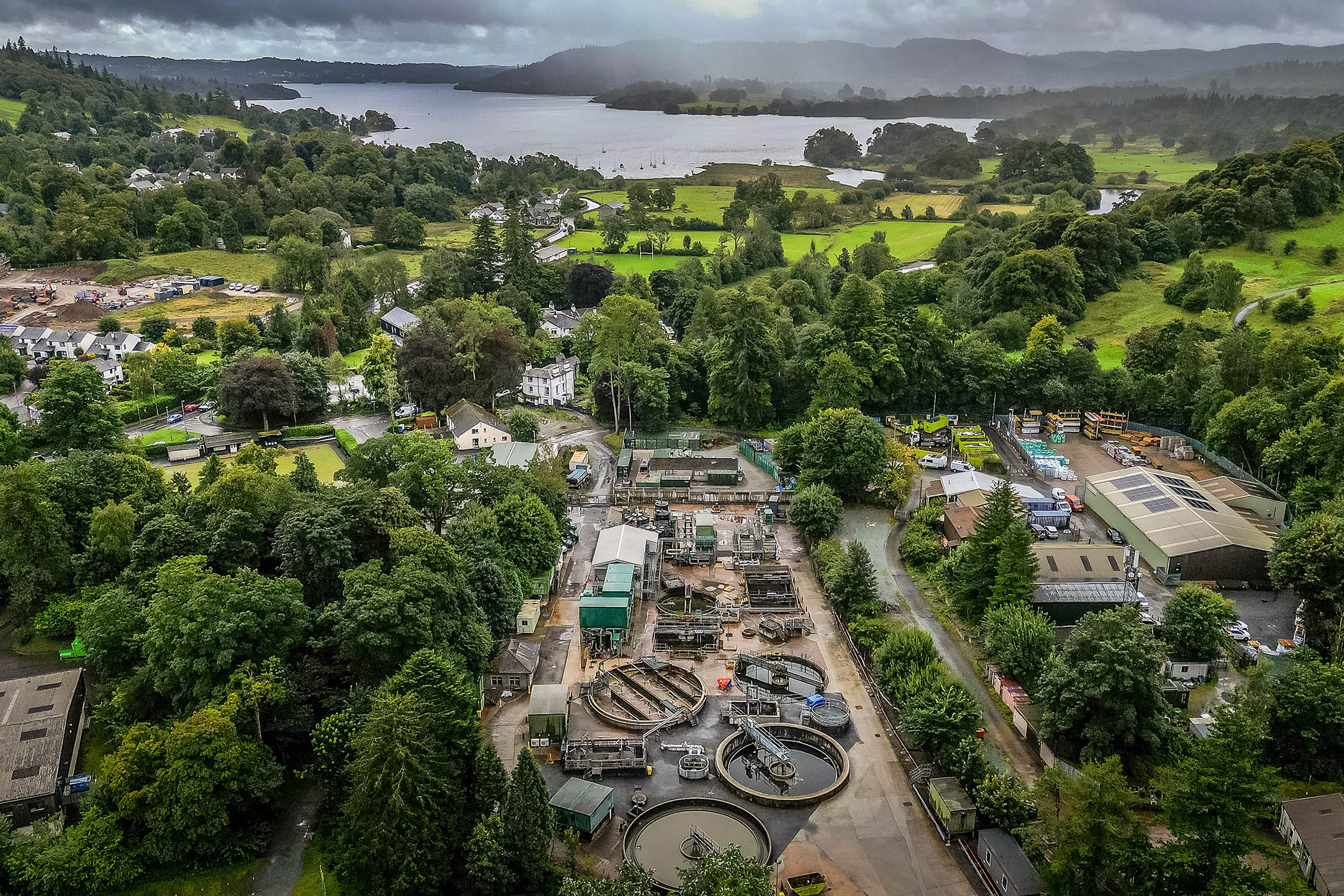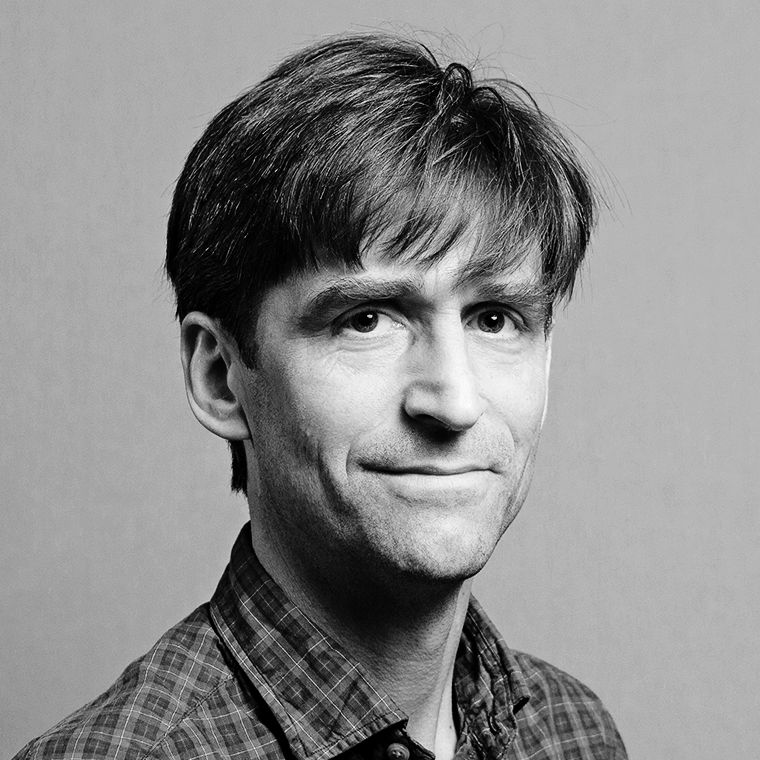Campaigners trying to stop raw sewage being pumped into Lake Windermere, which is supposed to be a pristine monument to nature, are envious of Lake Annecy in France.
So what? They have good reason to be. The French lake is said to be the cleanest in Europe. Windermere is unfathomably dirty.
•
Last week a survey by 350 citizen scientists found poor water quality in all Windermere’s main swimming spots because of bacteria found in human faeces.
•
Last year Ed Davey, the Liberal Democrat leader, fell off a paddleboard into the lake during the general election campaign to draw attention to a separate report of millions of litres of sewage being pumped into it by United Utilities, a water company.
•
Last century the people of the nine communes that share the shore of Lake Annecy in Haute-Savoie showed that with collaboration, ingenuity and investment it could be cleaned up.
The Lib Dems didn’t win last year’s election. Labour did. It has promised to restore all Britain’s lakes and rivers to good health but in the meantime the environment secretary, Steve Reed, has called the state of Windermere “disgusting”.
How disgusting? Sewage created by the 17,500 people living round Windermere, excluding the millions who visit, is meant to be treated by sewage plants that release only clean water. But when heavy rain makes them overflow a combination of treated and untreated effluent runs into the lake from at least a dozen plants. The Lake District is rainy. Sewage was discharged into the lake on at least 140 days last year.
Not true. The Environment Agency does its own monitoring. It deemed Windermere’s water “excellent” for swimming last year and reported a 30 per cent cut in phosphorus, which fuels green algal blooms. But while the EA checks only four swimming spots, the Big Windermere Survey which reported last week checked 100 and said nowhere rated “good” for phosphorus.
Not just poo. It’s climate change too, increasing the number of heavy storms and speeding up algal growth with higher average temperatures.
Not necessary. The Annecy alternative consists of
•
a 41-kilometre sewer round the entire lakeshore;
•
1500 kilometres of connector sewers; and
•
a single storm-proof sewage works outside Annecy ensuring no sewage enters the lake.
It wasn’t easy. A local doctor, Paul Louis Servettaz, campaigned for decades after the Second World War to establish the link between sewage and declining water quality and secure the funds for an engineering solution. But it wasn’t rocket science either.
Why not Windermere? Exactly. Plans for pipes carrying sewage away from the lake rather than into it have been costed from as little as £25 million. But Matt Staniek of Save Windermere says successive governments have rejected long-term planning in favour of cost-saving and procrastination. “Windermere is a real iconic symbol of fresh water,” he says, “and if you can’t protect that… then the government is not serious about cleaning up the country’s waterways.”
United Utilities noted there are many potential sources of pollution into the lake, including more than 1,800 private septic tanks. A spokesperson said the company was “wholeheartedly committed to playing our part in continuing to improve the water quality in the lake”, with teams working on multiple projects to treat wastewater to high standards and reduce discharges from six storm overflows. Its website says preventing overflows will require “a re-plumb of the drainage system across the entire northwest”. The Annecy example suggests there are other options.
What’s more… So does Lake Washington, east of Seattle, sewage-free thanks to an engineering solution begun in the 1960s. It consists of wastewater treatment plants that produce clean water and pipe it via tunnels into the tidal Puget Sound, which is also “discharge-free”. Because where there’s a spill, there’s a way.
•
This article was amended on 28 August 2025 to clarify the position of United Utilities.

